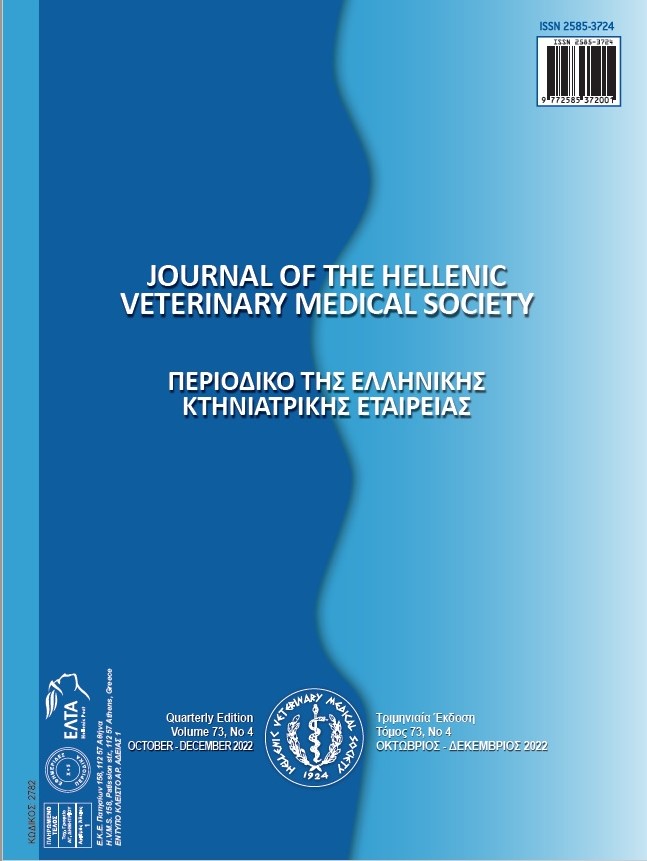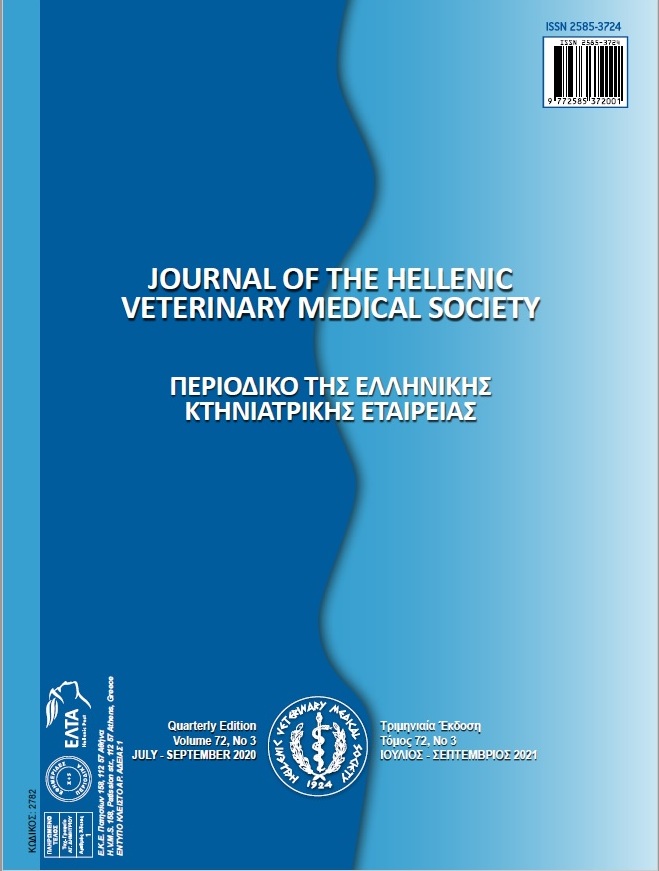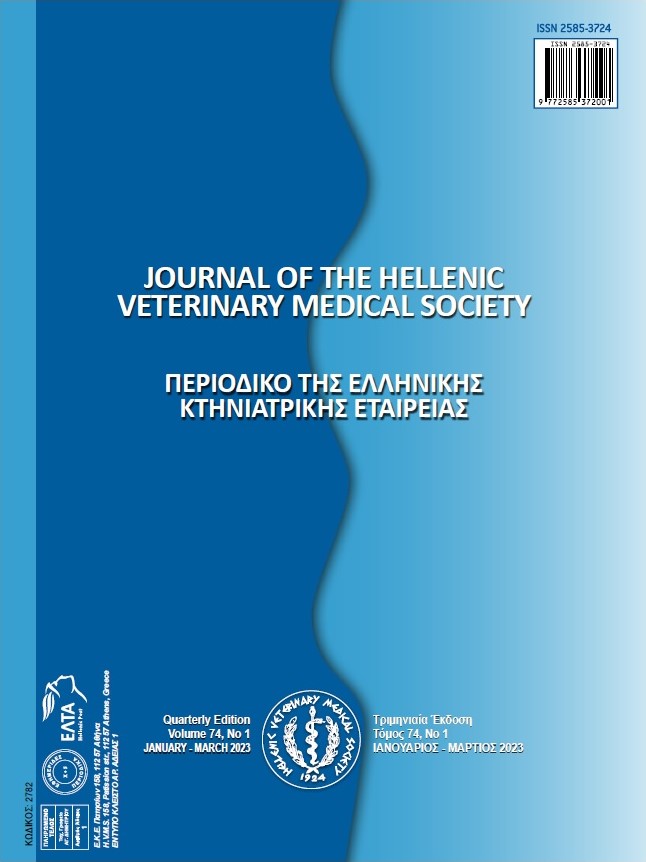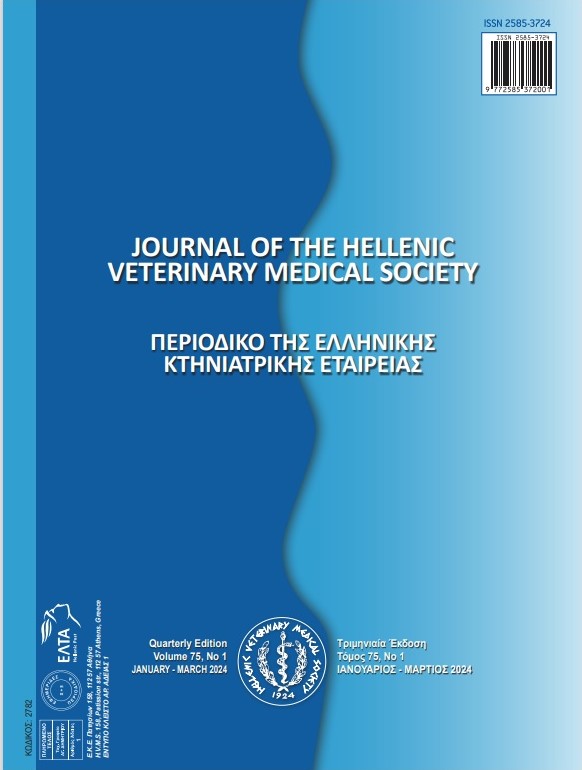Varying Feeding Parameters of a Plant Based Feed Affect Growth and Blood Chemistry of Catla catla Fingerlings
Resumen
Catla catla is one of the important and fast growing species of current fish culture which is practiced in most of the countries till date. It’s breeding and harvesting is a difficult job. Some of the important and critical parameters which should be kept in mind are ration size, feeding frequency and adequate stocking density. This study was carried out to optimize these critical parameters. Two hundred juvenile stock was collected from local market and was randomly divided into four groups and the groups were replicated. Artificial feed, having 30% protein, were used for assessing ration size, feed frequency and stocking density. In 1st trial, four different ration i.e. 5, 7, 9 and 11% were given while in second trial fish were offered at a frequency of 2, 4, 6 and 8 times a day. Similarly, in third trial, fish were stocked @ 10, 15, 20 and 25 fingerlings per tank. The results showed that, in trial one, with increase in feeding percentage, there was a gradual increase in weight gain until 11% of feeding, growth increase suddenly stopped. However, white blood cells and hormones level were maintained during increase feeding rate. Contradictory to increasing amount of feeding, feeding frequency deviated from feeding ration increase. A gradual increase in weight was observed from feeding twice up to feeding 6 times a day, but when feeding frequency was increased to 8th times a day, growth was suddenly declined. White blood cells and hormones remained stable up to 6th time feeding but their level dropped when feeding frequency was increased to 8th time/day. In third trial, 15 fish/tank showed optimum growth and performance. RBCs, WBCs and hormones were on the rise up to 20 fish/tank but they declined immediately when stocking density was increased. It is concluded from the above trials that 9% is the best feeding ration, 6 times is the best feeding frequency and 15 fish/tank is the best stocking density (12x4x3 feet fiberglass tank) for optimum growth and performance.
Article Details
- Cómo citar
-
Aman, S., Ashraf, M., Ullah, R., Qazi, J., & Aman, I. (2025). Varying Feeding Parameters of a Plant Based Feed Affect Growth and Blood Chemistry of Catla catla Fingerlings. Journal of the Hellenic Veterinary Medical Society, 75(4), 8269–8274. https://doi.org/10.12681/jhvms.36601
- Número
- Vol. 75 Núm. 4 (2024)
- Sección
- Research Articles

Esta obra está bajo una licencia internacional Creative Commons Atribución-NoComercial 4.0.
Authors who publish with this journal agree to the following terms:
· Authors retain copyright and grant the journal right of first publication with the work simultaneously licensed under a Creative Commons Attribution Non-Commercial License that allows others to share the work with an acknowledgement of the work's authorship and initial publication in this journal.
· Authors are able to enter into separate, additional contractual arrangements for the non-exclusive distribution of the journal's published version of the work (e.g. post it to an institutional repository or publish it in a book), with an acknowledgement of its initial publication in this journal.
· Authors are permitted and encouraged to post their work online (preferably in institutional repositories or on their website) prior to and during the submission process, as it can lead to productive exchanges, as well as earlier and greater citation of published work.







